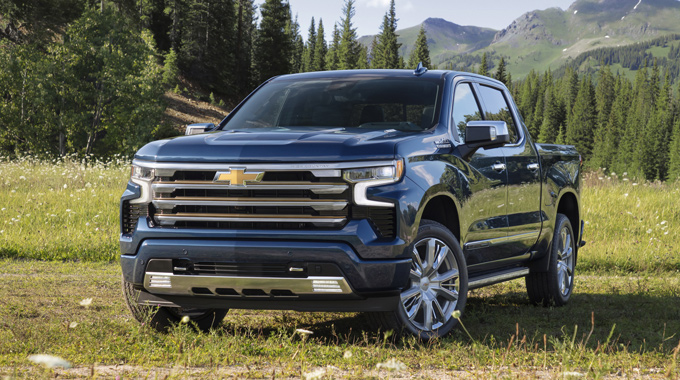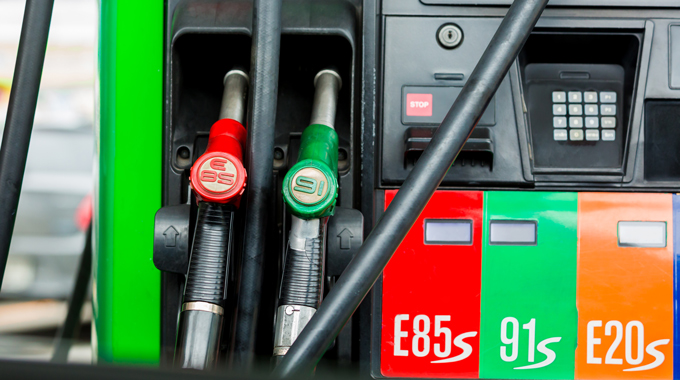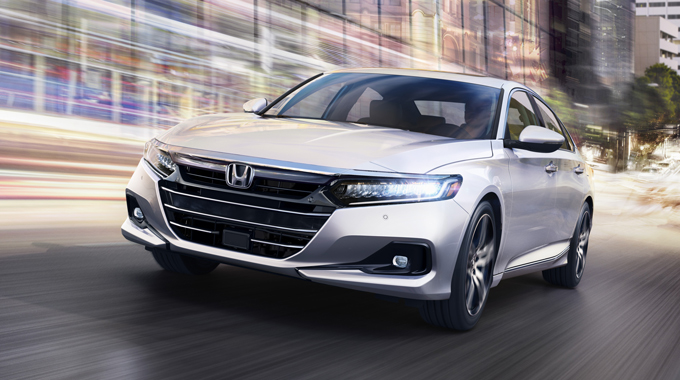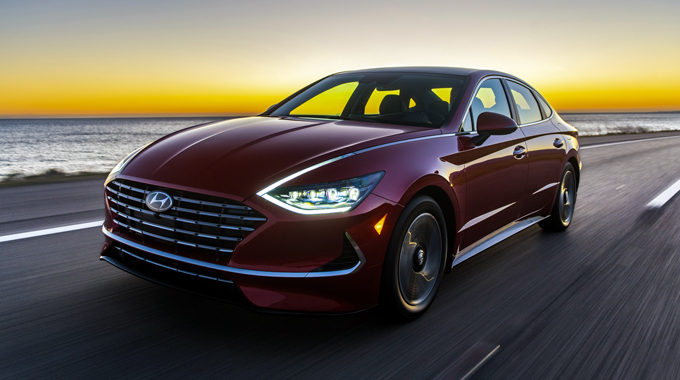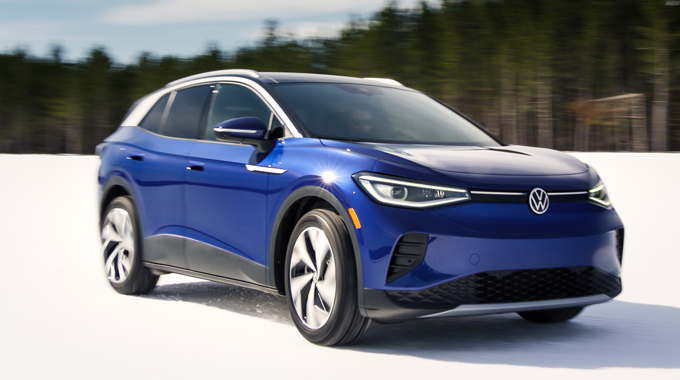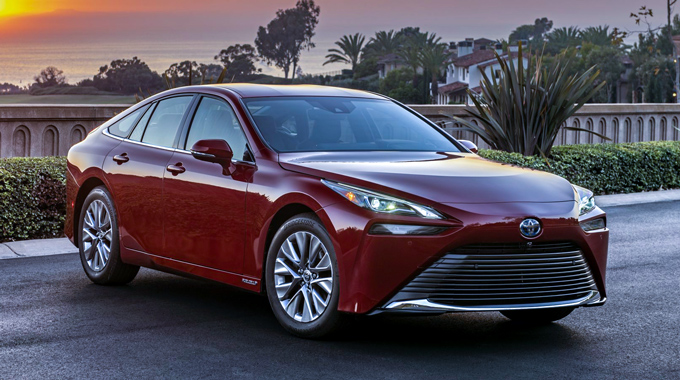Electric vehicles (EVs), sometimes known as battery-electric vehicles (BEVs), have 1 or more electric motors, a 1-speed transmission, and a large, rechargeable battery pack. More than 2 dozen EVs are now for sale in the U.S., and 100 more are expected in the next 5 years—everything from sports cars to pickups.
Although they currently make up only about 2% of passenger vehicles, EVs are no longer considered a niche market. Over the next 5 years, EV sales are projected to surpass the 1.4 million sold since 2010, according to the online Charged Electric Vehicles Magazine.
EVs have been the big news in the automotive world for several years and still are—arguably more than ever. Their appeal expands as automakers increase their range, power, utility, and style. Nearly every major automaker is now producing EVs or will in the near future—sometimes on an ambitious scale.
EVs are available in a variety of body styles, from sporty subcompacts (Mini Cooper SE) to large luxury sedans (Porsche Taycan) to midsize SUVs (Ford Mustang Mach-E). Pickups have recently joined the mix, too. EV startup Rivian delivered an R1T, the industry’s first EV pickup, this past fall. The Ford F-150 Lightning EV pickup is expected in spring 2022; based on high interest, Ford plans to spend $850 million to double the Lightning’s production goals.
EVs are fun to drive, with quick acceleration and a quiet ride. They’re structurally less complicated, with about one-third of the parts used in other types of vehicles, so they require less maintenance. Most EVs also get extremely good fuel economy (expressed in MPGe, like plug-in hybrids) because electric motors are highly efficient.
The (typically) lower cost of electricity makes EVs cheaper to run, and in many states, EVs can use carpool lanes with only the driver aboard. To find out how much it costs to run an EV in your state, access the DOE’s eGallon calculator.
EVs produce no emissions at their (nonexistent) tailpipes. Including the energy used to manufacture them, and regardless of the electricity source used to power them, they produce fewer global-warming emissions than any other type of vehicle, according to the Union of Concerned Scientists.
Because car buyers are unfamiliar with EVs, many have concerns about them—real or imagined—which has slowed EV adoption. A 2020 AAA survey revealed that the top 3 misgivings were range anxiety (57%), unsuitability for long-distance travel (53%), and lack of places to charge an EV (52%).
The solution appears to be education and actual experience with EVs, much of which dealers can provide. Once drivers purchased an EV, their concerns eased considerably: 77% of those who worried about lack of range became less concerned or not at all concerned; 54% became unconcerned or less concerned about an EV’s suitability for long-distance travel; and 70% felt unconcerned or less concerned about a lack of places to charge their EV.
For most EV owners, keeping their vehicles charged turns out not to be a real issue—it just takes planning, as does using their EV for long-distance travel. More than 80% of EV owners charge their vehicles at home on 240-volt (Level 2) chargers, which provides 10 to 24 miles of range per hour of charging. Home charging systems cost about $1,000 to $1,200 to purchase and install; local or state incentives to reduce the cost may be available.
The number of public charging stations continues to expand, including Tesla’s Supercharger network and those at shopping centers and workplaces. In January 2022, there were about 50,000 EV charging stations nationwide, up from 29,000 in 2020, with 129,000 charging ports. Even better, more than 88,000 ports were Level 2, and more than 20,000 provided DC fast charging, which typically dispenses an 80% charge in about 30 minutes. Finding a charging station is easy—all EVs have software programs that display nearby charging stations on their touch screens.
Owning an EV is inconvenient for apartment dwellers or anyone without a garage, although more residential and commercial buildings are installing chargers as a service to their residents or employees.
Another concern is that EVs are expensive. That’s true for some brands, but several EVs—the Nissan Leaf, Mini Cooper SE, and Chevy Bolt, for example—start in the high 20s and low 30s.
Many qualify for federal and state tax credits of up to $10,000, although those benefits have run out for some of the most popular EVs—all Teslas and the Bolt, for instance. Prices may drop further as the cost of battery packs—the most expensive component—come down. Bloomberg predicts that by 2023, their cost will drop to $100 per kilowatt-hour (kWh), at which point EVs could reach price parity with conventional vehicles.
For the latest information on federal tax credits, go to the DOE website and the Alternative Fuels Data Center and type “EV tax credits” into the search box to find out about federal and state tax incentives for any EV you are considering. Additionally, fueleconomy.gov lists more than 2 dozen currently available EVs, with information on their manufacturer’s suggested retail prices (MSRPs), drivetrains, estimated MPGe, annual fuel costs, and more.
In 2021, EV sales increased to 476,679 vehicles, an 81.5% increase over 2020 sales (262,698). Tesla again dominated the field, with 71.7% of EV sales. Top sellers included the Tesla Model Y (188,600 up 140.8%), Model 3 (estimated 140,450, up 40.2%), and the Ford Mustang Mach-E (27,140, new this year). EV sales represented 3.3% of total U.S. vehicle sales in 2021. Six EVs are reviewed in the 2022 AAA Car Guide.



